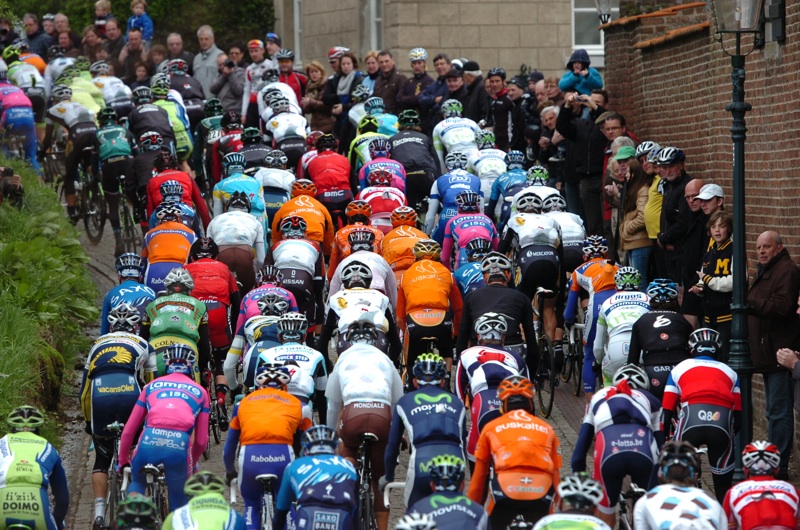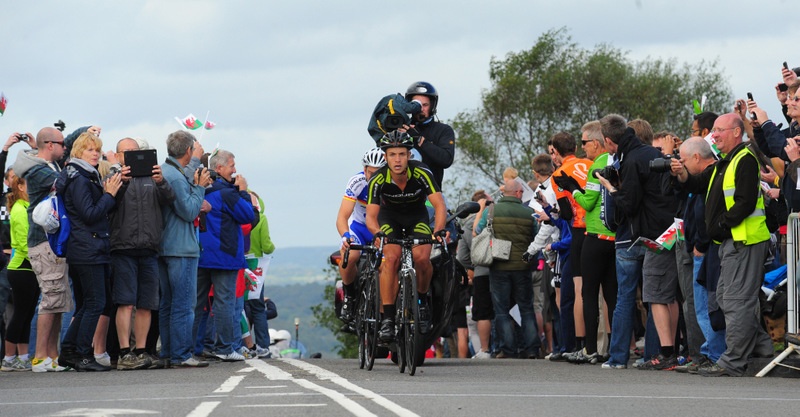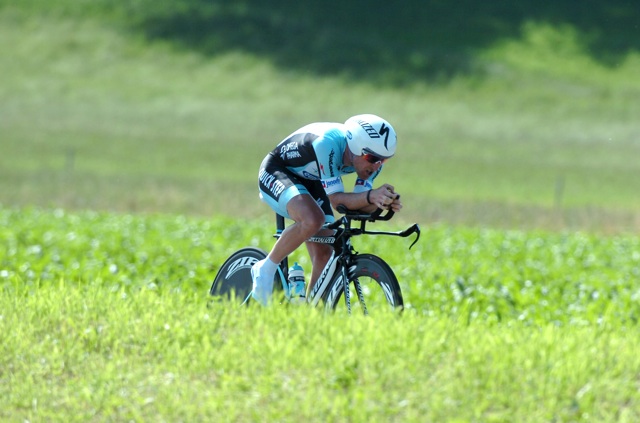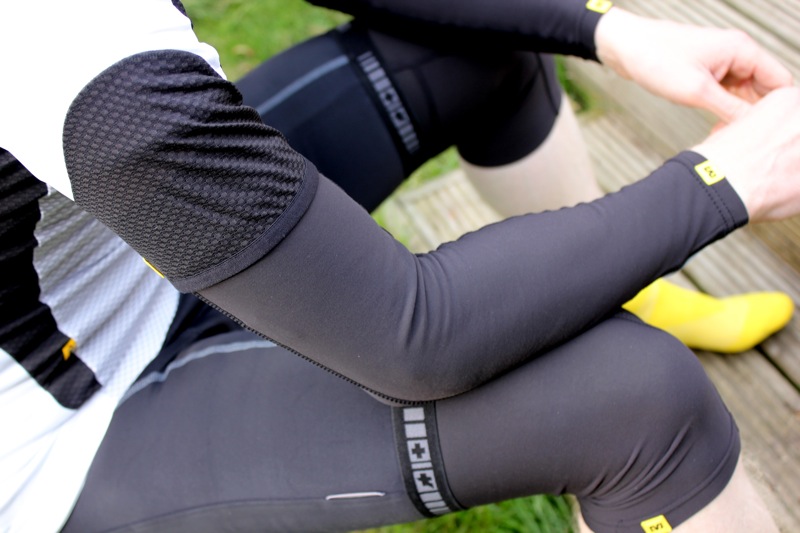The world championships take place this week in the Dutch town of Limburg.
The elite men’s road race on Sunday will be a hard fought affair on a course reminiscent of the spring classics: a gruelling 267km, of which the first 100km comprises part of the Amstel Gold route. It will favour those who can handle a long, tough race and shove over the repeated punchy climbs without depleting energy reserves too greatly.

For the professionals, there will be an element of self-selection, but what can you do to improve your fitness when faced with a long autumn sportive with multiple climbs, or when considering a sportives based on the spring Classics, such as the Tour of Flanders sportive?
Firstly, because of the distance of these events, you need to have a good endurance ‘base’ behind you, and need to be realistic about your pace and ability. Without these basics even the flat sections will become debilitating as you will use up your carbohydrate stores fast, leading to the dreaded ‘bonk’ before you even get to any nasty climbs when you need adequate car storbes in your muscles for those harder efforts.
Endurance will not be an issue for the riders contesting the world road race championships, who have been racing all season, but if you are beginning to consider your plans for the spring, putting in some steady hours between now and then will improve your fuel efficiency, making a significant difference to your performance. Long, steady riding is vital if you want to improve your physiology to use fat stores and ‘spare’ your precious glycogen, but this adaption takes three or four months, so may be a project for the winter rather than the weeks ahead.
For the short, sharp climbs common in the Netherlands and Belgium, power to weight ratio is key, but ‘pure’ climbers, lightweight specialists in the mould of Alberto Contador, are not ideally suited to the ‘pokey’ style of the ‘walls’ that punctuate this part of the world. Using hill repeats specifically to improve your strength can help you tackle this type of climb and being strong in the saddle is particularly beneficial, with rough and sometimes cobbled surfaces making it difficult to stand effectively. Though this is hard on the leg, hip and core muscles, this extra muscular strength can spare some cardiovascular effort, keeping the heart rate slightly lower and making you more efficient throughout the overall ride.

Seated climbing requires a strong core. Additionally, Work undertaken with slight over gearing and a focus on technique can help emphasise muscular strength and make you aware of your seated style. You will be able to make improvements fairly quickly as your body adapts to the neuromuscular stimulation of this type of training, but if you struggle to stay seated, or experience back ache, it would be wise to work on your core strength in the winter to give you greater potential when spring rolls round.
A more medium to long term strategy for improving your power to weight ratio is of course to look at weight loss – or, more accurately, fat loss. But be careful to be sensible and realistic about this, as many people lose power when they lose weight, so can end up cancelling out the benefit.
For professional riders, team support can help position them out of trouble and out of the wind, avoiding any additional extra efforts to close gaps or move up a long string on narrow roads. The likelihood is you won’t have a team at your disposal, so learning to conserve energy in a group can radically improve your riding times over longer, tougher sportifs or rides. Try to stay towards the front without doing all the work and be aware of the wind direction (focussing on sitting on the sheltered side), and you will be amazed at the difference this can make. The best thing about this tip is that you can do it instantly and see the benefits simply by being more switched on and alert from the start.




